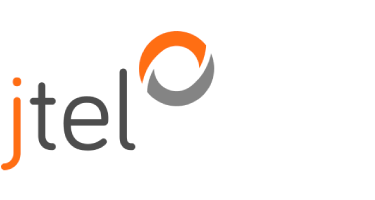06 Aug Multi-channel strategy in the call centre
It used to be so simple; if we wanted to speak to a company, we picked up the phone, dialled the number – probably that of the branch or subsidiary nearest to us – and expected someone to be available. Today, our calls are more likely to be made to a call centre, where a large number of calls are efficiently managed and routed.
Most calls are made from landlines or mobile phones. But in the very near future, we can expect calls to be initiated via company websites using features such as WebRTC. On the one hand, this is great for companies as they can reach more people and new ways are created to generate additional business.
For example, if a potential customer is looking for information on a website and then finds a button that says ‘click here to talk to us’ (or something like that), they can be connected directly to an agent and, if nothing else, this can help drive positive business results.
On the other hand, it also means that companies have to manage more communication channels. They should therefore think more about how users interact with them and how they can be directed to the right destination in a meaningful way. To give an example: Self-service IVRs certainly led to more efficiency for companies, but on the other hand, unfortunately, they also led to increased frustration among customers.
It is certainly not harmful if an electricity supplier operates an IVR to manage electricity bills and enquiries in a targeted and faster way. Customers are used to such a procedure and learn to appreciate the advantages. Too many menu items and incomplete transactions, on the other hand, can lead to frustration. Options to speak directly to an agent are desirable here.
Similarly, someone with a click-to-call would probably be quite disappointed if the system was configured to reach an IVR afterwards. It would be just as disastrous if someone from abroad called by hand and was put on hold for a long time.
For these reasons, it is important that companies focus their attention on the various communication channels of their organisation. They should consider the different access devices to the system (telephone, mobile phone, browser), the position from which communication takes place (in relation to the location) and whether the caller should be connected directly to an agent or can be put on hold in advance.
So it’s important to meet the needs and expectations of your customers and at the same time think about the efficiency and cost benefits for your organisation. Indeed, there are many variables to consider – but this is part of an excellent solution for your customers.
Companies and organisations will benefit from the additional channels that can be connected to the call centre. But only if they plan call handling systems well and get the customer interaction right. This is also the reason why they need customisation tools so that they can change and/or manage call histories and queuing criteria.
In fact, that’s why you need JTEL! Our call centre design tools help you optimise all aspects of ACD functionality so that you can tailor the solution to your needs. What’s more, our solution is flexible enough to constantly adapt to new requirements. Why not talk to us and find out what we can do for you and your call centre?



